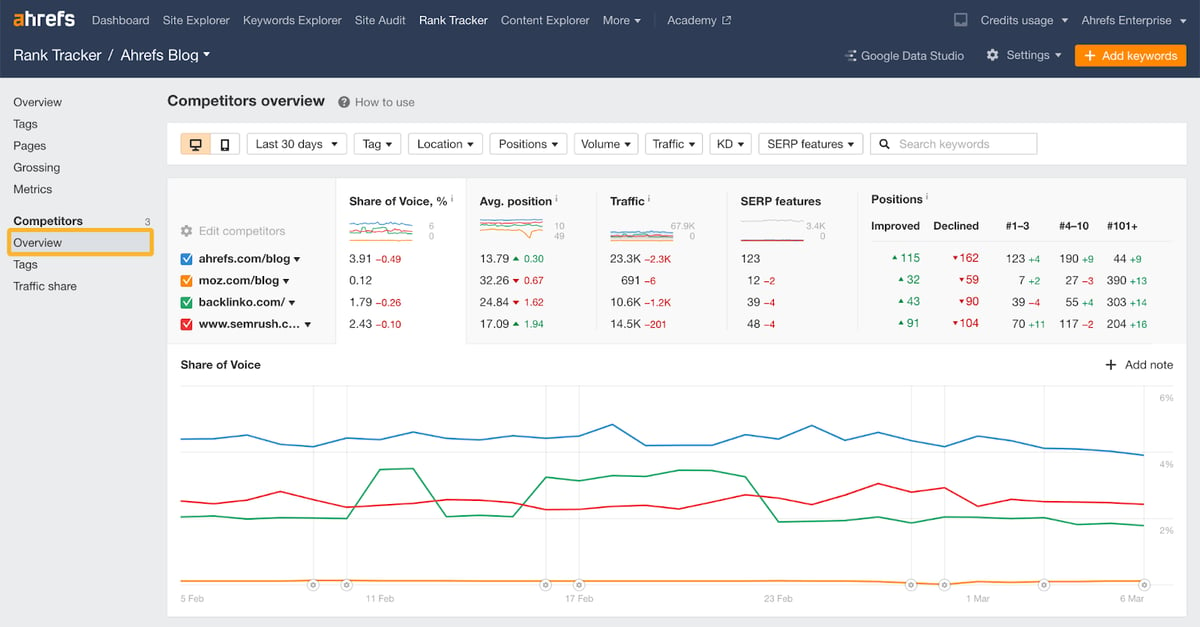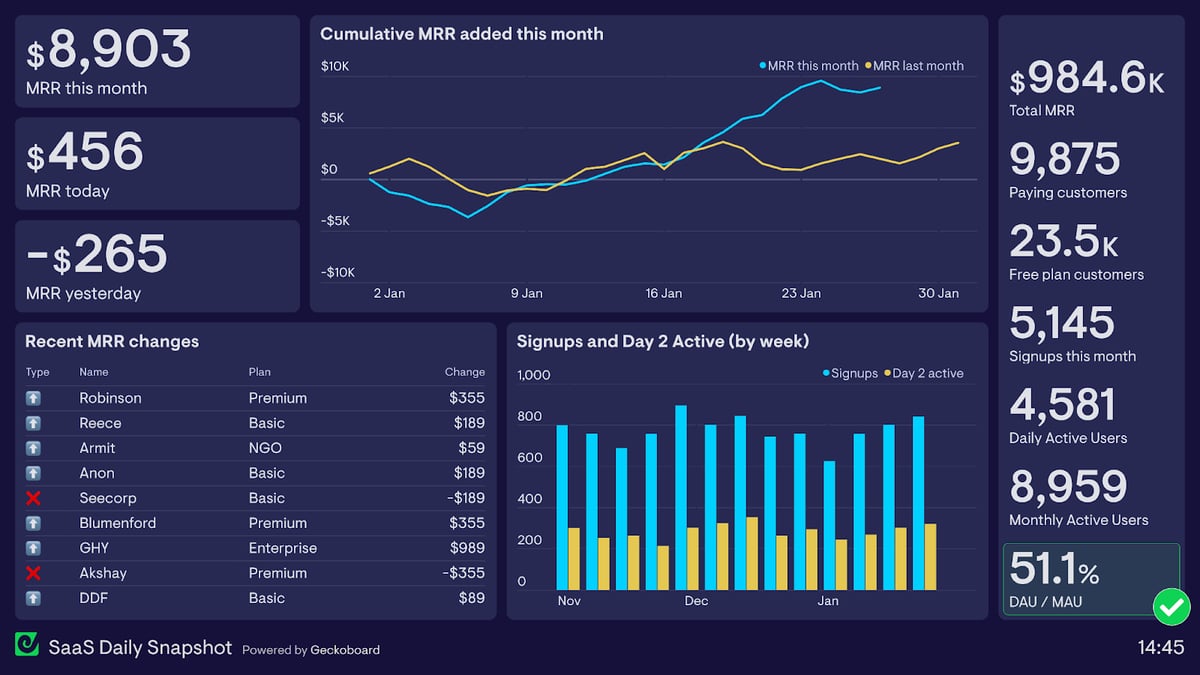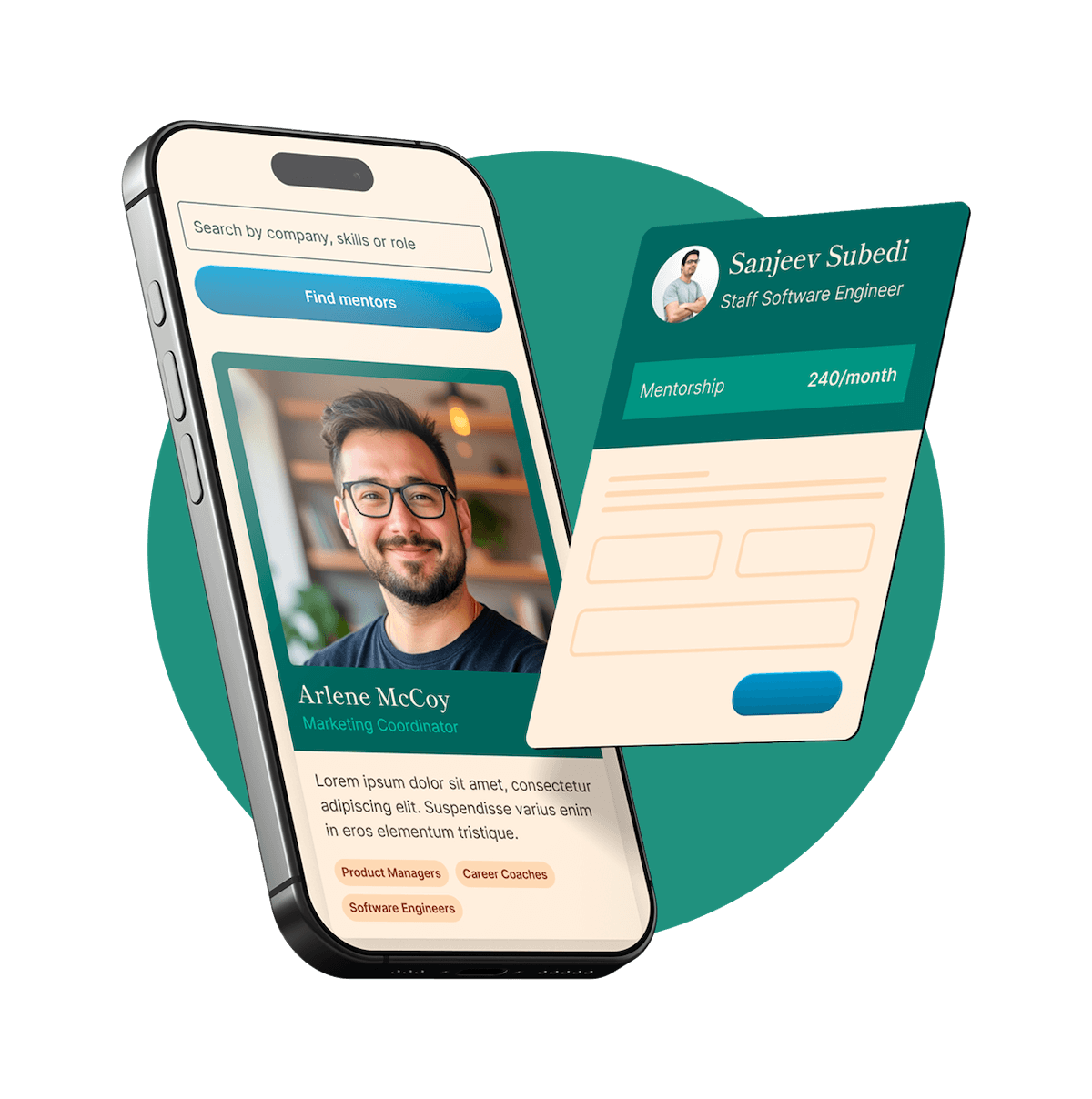You've spent countless hours building what you believe is an amazing SaaS product. The features are solid, the user interface is clean, and early beta testers love it. But now comes the hard part: actually growing your business.
Here's the brutal truth: 90% of SaaS startups fail within their first few years. The graveyard of failed software companies is littered with products that were technically impressive but couldn't crack the growth code.
The difference between the startups that make it and those that don't? They don’t think of building a high-quality product and marketing it as an “either/or” situation. They bet on synergy and invest in both.
In this guide, you'll learn exactly how to build that integration and create sustainable growth for your SaaS startup, even with limited resources.
Step 1: Build the Right Foundation for Your Product
Before you spend a single dollar on marketing or development, you need to become an expert on your market. Too many founders jump straight into building features or running ads without truly understanding who they're serving.
Study Your Audience Like a Detective
Start by creating detailed buyer personas that go beyond basic demographics. You need to understand your customers' daily workflows, frustrations, and decision-making processes. Conduct customer interviews, survey your beta users, and spend time in forums where your target audience hangs out.
The goal isn't just to know what your customers do, but to understand how they think and what motivates their purchasing decisions.
Spy on Your Competition (Legally)
Analyze your competitors' strategies, but don't just copy what they're doing. Look for gaps in their approach:
- What are customers complaining about in reviews?
- What features are they missing?
- Where are they failing to connect with their audience?
Learning from their mistakes can save you thousands of dollars and months of wasted effort.

Example of a SEO Competitor analysis. Source: Ahrefs.
Using the knowledge of the market and your buyer, you can easily create product messages that speak directly to the buyer.
Consider this simple formula to get the ball rolling:
[Value proposition addressed at the buyer] through [Three key benefits of your products] with the help of [Key features you offer]
Don’t Overlook Your Team’s Value
It’s been said a thousand times, but I’ll gladly remind you one more time: your team is the engine of your growth strategy. Getting the right people in place early can accelerate your growth exponentially, while bad hires can set you back months.
For early-stage SaaS companies, you need team members who can wear multiple hats. Look for people with experience in both B2B marketing and product development. They don't need to be specialists yet, but they should understand how marketing and product decisions impact each other.
Consider free recruitment software platforms like Sourcer or LinkedIn's basic recruiting tools to connect to the right talent without burning through your limited budget.
Pro tip: Invest in hiring due diligence upfront. When you're hiring for critical growth roles, thorough background checks become essential. A bad hire in marketing or product can set your startup back months. Verify previous experience, check references from past employers, and ensure cultural fit before bringing anyone onto your core team.
This is especially important for remote hires or contractors who will have access to sensitive customer data or strategic information.
Step 2: Find a Marketing Strategy that Actually Converts
With your foundation set and team in place, it's time to focus on marketing strategies that deliver real results, not just vanity metrics.
Double Down on Content and Social Selling
Create educational content that solves real problems for your target audience. Instead of constantly pitching your product, focus on becoming a trusted resource.
Think:
- Detailed “how-to” guides
- Tutorials
- Industry insights that position you as an authority.
This approach works hand-in-hand with developing a solid B2B social selling strategy where you share valuable content to build relationships rather than pushing direct sales messages. You can also work with an AI marketing agency to automate content, targeting, and campaigns for smarter SaaS growth.
Let Your Product Do the Talking
Design your product to be your best marketing channel. Offer a freemium version or free trial that provides immediate value while naturally leading users toward paid features. Create onboarding experiences that get users to their "aha moment" as quickly as possible.
The goal is to make your product so valuable and easy to use that customers practically sell themselves on upgrading.
Focus on Digital Marketing Channels That Work
Think of the channels where your customers actually spend time. For most B2B SaaS companies, this means LinkedIn for professional networking, Google Ads for intent-based searches, and email marketing for nurturing relationships.
Don't spread yourself too thin across every platform. Pick 2-3 channels and execute them exceptionally well rather than doing mediocre work across 10 different channels.
Step 3: Fuel Growth with a Product Strategy
Your product strategy should complement your marketing efforts, not work against them.
Use UX as a Competitive Advantage
Design for adoption from day one. Every feature, button, and workflow should guide users toward success. Use data analytics to understand where users get stuck and continuously optimize these friction points.
Your website design plays a crucial role in converting visitors to customers. Focus on clear value propositions, intuitive navigation, and compelling calls-to-action that guide users toward your free trial or demo.
Choose Data Over Intuition
Modern SaaS companies leverage advanced analytics for decision-making. Today, data-driven integrations like AI for Excel spreadsheets let your team retrieve and summarize data in a few seconds, so why not use it to your advantage?
Set up analytics that track not just what users do, but why they do it. This deeper understanding helps you build features that customers actually want and use.
Step 4: Adjust the Strategy to Your Industry
One-size-fits-all marketing rarely works in SaaS. Different industries have unique buying behaviors, pain points, and communication preferences.
Crypto and Web3 SaaS Solutions
The crypto market presents unique opportunities for SaaS companies. Whether you're building trading tools, portfolio management software, or DeFi analytics platforms, understanding the crypto profit mindset of your users is crucial.
This audience values security, real-time data, and advanced analytics capabilities.
Focus your marketing on demonstrating transparency, security features, and the potential for optimizing returns rather than generic productivity benefits.
Project Management and Productivity Tools
This space is highly competitive, so differentiation is key. Focus on specific use cases or team sizes rather than trying to be everything to everyone. Maybe you're the best tool for creative agencies, or you excel at managing remote development teams.
Fintech and Financial Services SaaS
Marketing to financial services requires building trust through security and compliance messaging. Your content should address regulatory concerns and demonstrate how your solution helps companies meet their compliance requirements. Startups may also consider external financial support, such as a loan, to accelerate growth while ensuring compliance.
HR Tech and Talent Management
Address modern hiring challenges directly in your messaging. Show how your solution adapts to remote work, improves diversity hiring, or streamlines the candidate experience.
Step 5: Work on Product-Marketing Alignment
The real magic happens when your marketing and product teams work together seamlessly.
Create Synergy Between Teams
Use product features as marketing channels. For example, if you add a new integration, that becomes content for blog posts, case studies, and email campaigns. When marketing identifies a common customer question, that becomes a product feature or improvement.
Set up regular meetings between marketing and product teams to share insights and align on priorities.
Use Data to Make Decisions
Create feedback loops where customer behavior data informs both marketing messages and product development.

Example of a custom SaaS dashboard to track progress. Source: Geckoboard.
If analytics show users struggling with a particular feature, both teams should respond. For instance, your marketing team can post educational content while the product rolls out UX improvements.
Wrapping Up…
Building a successful SaaS company requires patience, consistency, and the ability to adapt quickly. The startups that succeed are those that create tight integration between their marketing and product strategies, always keeping the customer at the center of every decision.
Remember, growth is a marathon, not a sprint. Focus on building sustainable systems rather than chasing quick wins, and you'll set yourself up for long-term success.
And if you're interested in more specific ways to get your SaaS product in front of the buyer, book a session with me on MentorCruise now.
Till next time!
FAQ
How long does it take to see results from integrated marketing and product strategies?
Most startups see initial traction within 3-6 months, but significant growth typically takes 12-18 months of consistent execution.
What's the minimum budget needed to start these strategies?
You can start with as little as $2,000-5,000 per month, focusing on content marketing, basic paid ads, and product optimization tools.
How do I know if my marketing and product teams are properly aligned?
Look for shared metrics, regular communication, and coordinated responses to customer feedback. Both teams should be working toward the same growth goals.
What metrics should I track to measure success?
Focus on Monthly Recurring Revenue (MRR), Customer Acquisition Cost (CAC), Customer Lifetime Value (CLV), and product adoption rates rather than vanity metrics like page views or social media followers.







